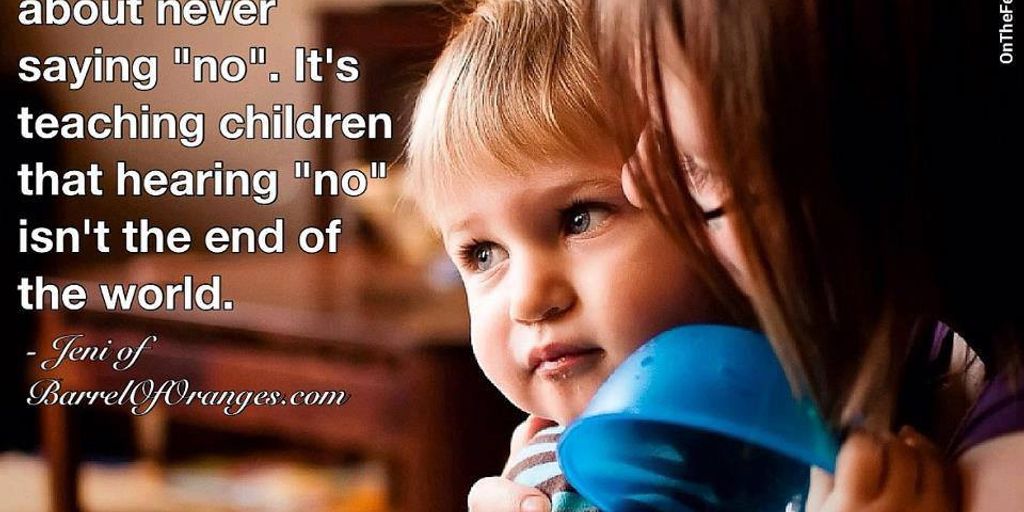
Family wellness is a multifaceted concept that encompasses physical, emotional, and mental well-being. Creating a healthier and happier home involves intentional strategies and practices that foster a supportive and nurturing environment. This article explores various approaches to enhance family wellness, from organizing your living space to building strong emotional connections and community ties.
Key Takeaways
- Creating a healthy home environment involves incorporating natural elements, reducing household toxins, and organizing for mental clarity.
- Nurturing emotional well-being can be achieved through practicing open communication, encouraging emotional expression, and building trust and support.
- Promoting physical health together includes engaging in family exercise, planning nutritious meals, and establishing healthy sleep routines.
- Fostering strong family connections is about spending quality time together, creating family traditions, and supporting each other’s interests.
- Balancing screen time with real-life activities involves setting screen time limits, encouraging outdoor play, and promoting hobbies and interests.
Creating a Healthy Home Environment
A healthy, safe, and comfortable home is essential for those you love. When winter weather keeps you indoors, it’s even more important to focus on creating a space that promotes well-being. Your home is your sanctuary and it should feel that way all the time. Apply the tips below today, and your home will be a happier, healthier place in no time.
Nurturing Emotional Well-being

Creating a nurturing and supportive environment is essential for emotional well-being within a family. Implementing these family self-care strategies can significantly enhance the quality of life within your household.
Promoting Physical Health Together
Engaging in Family Exercise
Physical activity is essential for both mental and physical health. Families that exercise together not only improve their physical well-being but also strengthen their emotional connections. Whether it’s a leisurely walk, a bike ride in the park, or a family yoga session, these activities encourage teamwork and a sense of collective achievement. Shared physical experiences can be both fun and fulfilling, providing precious memories and healthier lifestyles.
Planning Nutritious Meals
Prioritizing healthy eating habits is crucial for family wellness. Plan meals together to ensure everyone is involved in making nutritious choices. This can include preparing meatless Mondays, going for after-dinner walks, or stretching nightly before bed. Having at least one healthy habit as a family increases accountability and support, making it easier to stick to these habits.
Establishing Healthy Sleep Routines
A good night’s sleep is vital for overall health. Establishing healthy sleep routines can help ensure that every family member gets the rest they need. This might involve setting consistent bedtimes, creating a relaxing bedtime routine, and ensuring a sleep-friendly environment. A well-rested family is a healthier and happier one.
Wholesome living for the whole family is not just about a physically healthy life, but also about emotional and mental wellness. Healthy eating, living an active lifestyle, investing in social relationships, and limiting screen time are just a few of the ways you can begin prioritizing wholesome living for the whole family.
Fostering Strong Family Connections
Spending Quality Time Together
Spending quality time together is essential for building strong family bonds. Establishing a routine of regular communication and shared activities can significantly enhance family relationships. Consider scheduling family time, such as game nights or weekend outings, to create lasting memories and a sense of unity.
Creating Family Traditions
Family traditions provide a sense of continuity and belonging. Whether it’s celebrating holidays in a unique way or having a special weekly meal, these traditions help to strengthen family ties. They offer opportunities for family members to connect and create shared experiences that everyone looks forward to.
Supporting Each Other’s Interests
Encouraging and supporting each other’s interests fosters a sense of individual growth and collective support within the family. This can be as simple as attending a family member’s sports event or helping with a personal project. By showing interest in each other’s passions, families can build a supportive and nurturing environment.
Building strong family connections requires effort and intentionality, but the rewards of a close-knit family are immeasurable.
Balancing Screen Time and Real-life Activities
Setting Screen Time Limits
In today’s digital age, it’s crucial to set boundaries for screen time to maintain a healthy balance. Designate specific times when screens are put away, such as during family meals or an hour before bedtime. This helps create uninterrupted family moments and ensures everyone feels valued.
Encouraging Outdoor Play
Offer engaging activities that compete with screen time, like arts and crafts, board games, or playing outdoors. Encourage children to explore nature and participate in physical activities, which can be both fun and beneficial for their health.
Promoting Hobbies and Interests
Support your family’s individual interests and hobbies. Whether it’s reading, painting, or playing a musical instrument, fostering these activities can provide a fulfilling alternative to screen time. This not only helps in reducing screen dependency but also promotes personal growth and creativity.
Creating tech-free zones and times within the home is essential for encouraging undistracted family interaction. By establishing screen-free periods, families can deepen their connections and engage in meaningful conversations.
Cultivating Mindfulness and Relaxation
Family meditation is a wonderful way to bring everyone together and focus on the present moment. It involves sitting quietly, focusing on your breath, and observing your thoughts and feelings without judgment. There are various forms of meditation, such as guided imagery or loving-kindness meditation, that can be explored to find what works best for your family.
Mindfulness meditation is an excellent practice for parents to cultivate emotional balance and mental clarity. By regularly practicing mindfulness meditation, families can experience improved communication and a stronger, more harmonious bond.
Designate specific areas in your home where family members can retreat to relax and unwind. These spaces should be free from distractions and filled with calming elements like soft lighting, comfortable seating, and soothing scents. Encourage everyone to use these spaces whenever they need a break from the hustle and bustle of daily life.
Incorporate mindfulness techniques such as deep breathing, meditation, and gratitude journaling into your daily routines. These activities aid in lowering stress levels and boosting emotional intelligence, fostering a peaceful home environment. Regular practice of these relaxation methods encourages a more mindful and grateful perspective in everyday family interactions.
Building a Supportive Community
Connecting with Neighbors
Building a support network takes time, and that’s absolutely okay. Start by identifying individuals in your life who share similar experiences or challenges. Engaging with neighbors can create a sense of belonging and mutual support. Consider organizing neighborhood events or simply making an effort to introduce yourself to those living nearby.
Participating in Community Events
Engaging families as active participants in problem-solving and goal-setting can help them identify and use their own strengths to address the challenges they face. Community events are a great way to meet new people and strengthen existing relationships. Attend local festivals, fairs, or community meetings to become more involved and connected.
Volunteering as a Family
Volunteering together as a family not only helps those in need but also strengthens family bonds. Choose causes that everyone is passionate about and dedicate time to support them. This shared experience fosters a sense of unity and purpose, making your family an active and supportive part of the community.
Conclusion
Family wellness is not just a fleeting goal but a lifelong commitment to fostering a healthier and happier home. By implementing strategies such as open communication, shared hobbies, and mindfulness practices, families can create a nurturing environment that promotes physical, mental, and emotional well-being. These small yet impactful steps not only strengthen family bonds but also set a positive example for future generations. Let this be the beginning of your family’s journey towards a more vibrant and fulfilling life together.
Frequently Asked Questions
How can I create a healthier home environment?
Incorporate natural elements, reduce household toxins, and organize your space for mental clarity.
What are some ways to nurture emotional well-being in my family?
Practice open communication, encourage emotional expression, and build trust and support among family members.
How can we promote physical health together as a family?
Engage in family exercises, plan nutritious meals, and establish healthy sleep routines.
How can we foster strong family connections?
Spend quality time together, create family traditions, and support each other’s interests.
What are some strategies for balancing screen time and real-life activities?
Set screen time limits, encourage outdoor play, and promote hobbies and interests.
How can we cultivate mindfulness and relaxation at home?
Practice family meditation, create relaxation spaces, and encourage mindful activities.






